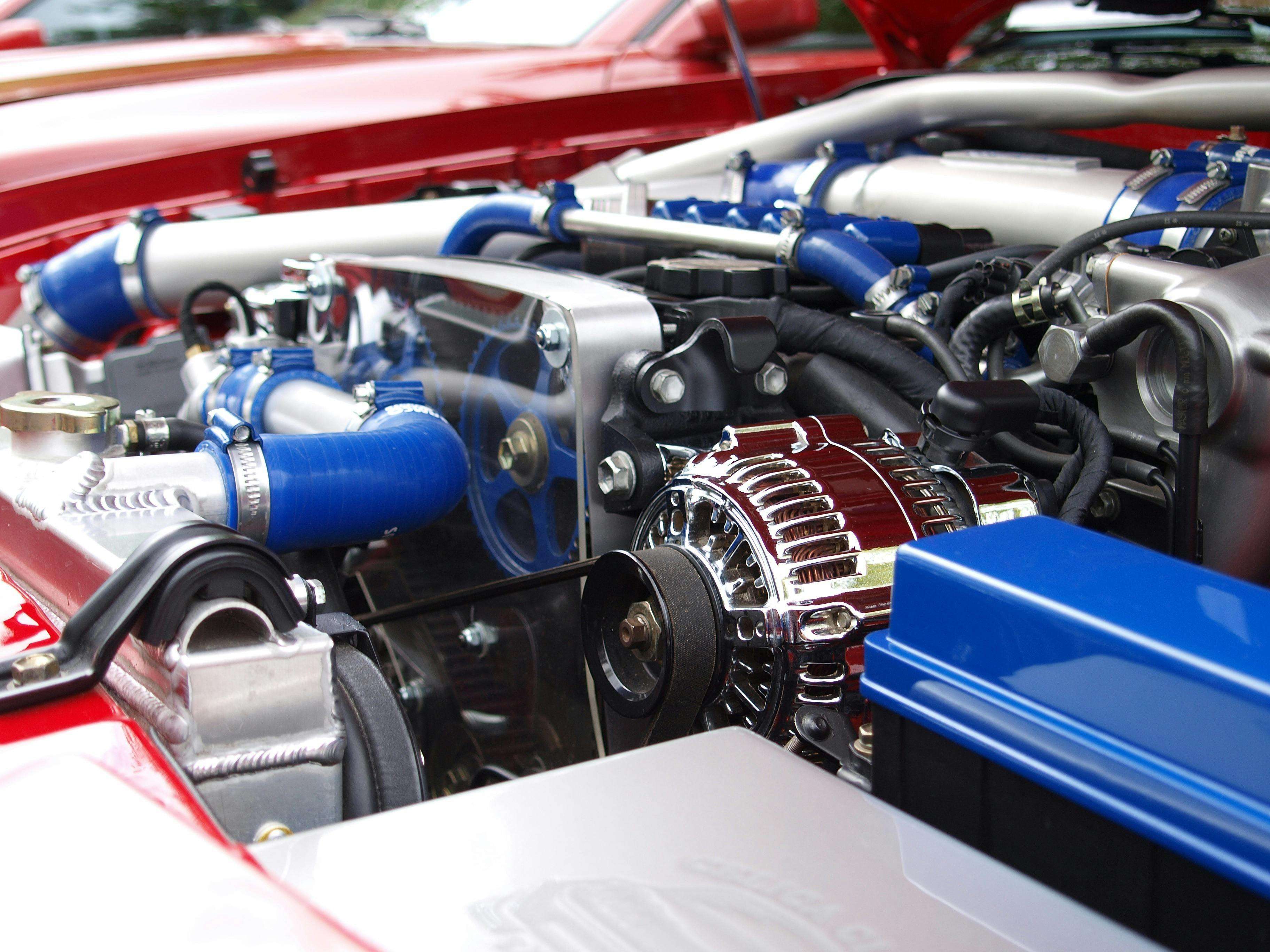
In today’s fiercely competitive automotive industry,any innovation that can optimize the production process and reduce mass production costs is of crucial importance.For factories that rely on precision manufacturing technologies,tool wear is a problem that,although seemingly insignificant,can incur high costs.It directly affects the productivity of CNC machining,the quality of components,and the final cost control.This article examines an empirical study:How can a tool wear monitoring system in a typical automotive component manufacturing factory significantly reduce mass production costs?
In the manufacturing process of automotive components,CNC milling and CNC turning are the two most commonly used precision machining processes.Whether it is the machining of engine blocks or braking system components,the tool is the core of production.However,tools gradually wear out during continuous operation.The traditional approach is to rely on the experience of operators or to set fixed time intervals for replacement,which often leads to two outcomes:either the tool is replaced too early,causing waste of tool material,or it is replaced too late,resulting in dimensional deviations of the machined parts,which then become scrap,and may even damage valuable workpieces and machines.
This is the situation we observed in a factory that specializes in the production of automotive components.Although its CNC machining production line is highly automated,there is still room for optimization in tool management.To avoid the production of defective products,the team often adopts conservative strategies and replaces the tool early.A preliminary calculation showed that the costs caused by premature tool replacement and scrap products are considerable on an annual basis.
Therefore,this factory introduced an intelligent tool wear monitoring system.This system does not change the existing CNC machining process,but monitors key parameters of the machining process in real time,such as spindle power,vibration,and acoustic emission signals,using advanced sensors and data analysis algorithms.The system can accurately identify the actual wear state of the tool,rather than relying on speculation or timing.
The effect after implementation was immediate.First,productivity was increased.The monitoring system can send out a warning when the tool really reaches the wear limit,thereby maximizing the service life of each tool.This means fewer tool changes and less machine downtime,making the entire manufacturing line run more efficiently and coherently.
Second,and more importantly,there was a significant improvement in product quality and cost reduction.The system has almost completely eliminated the problem of mass scrap products caused by excessive tool wear.Every machined automotive component meets the specified precision standards,greatly reducing quality risks and material waste.The factory management reported that the savings from reduced tool purchase costs and scrap rate alone in the first quarter after the implementation of the system recouped a significant proportion of the project investment.
This example clearly shows that integrating data-driven intelligent solutions into the traditional field of CNC machining in modern factory environments can create real commercial value.For any company seeking to enhance its competitiveness in precision machining,especially in the mass production of automotive components,investing in tool wear monitoring technology is no longer an optional measure,but a crucial strategic decision.It represents a smarter,leaner,and more economical future of production.
Explore more:www.simituo.com